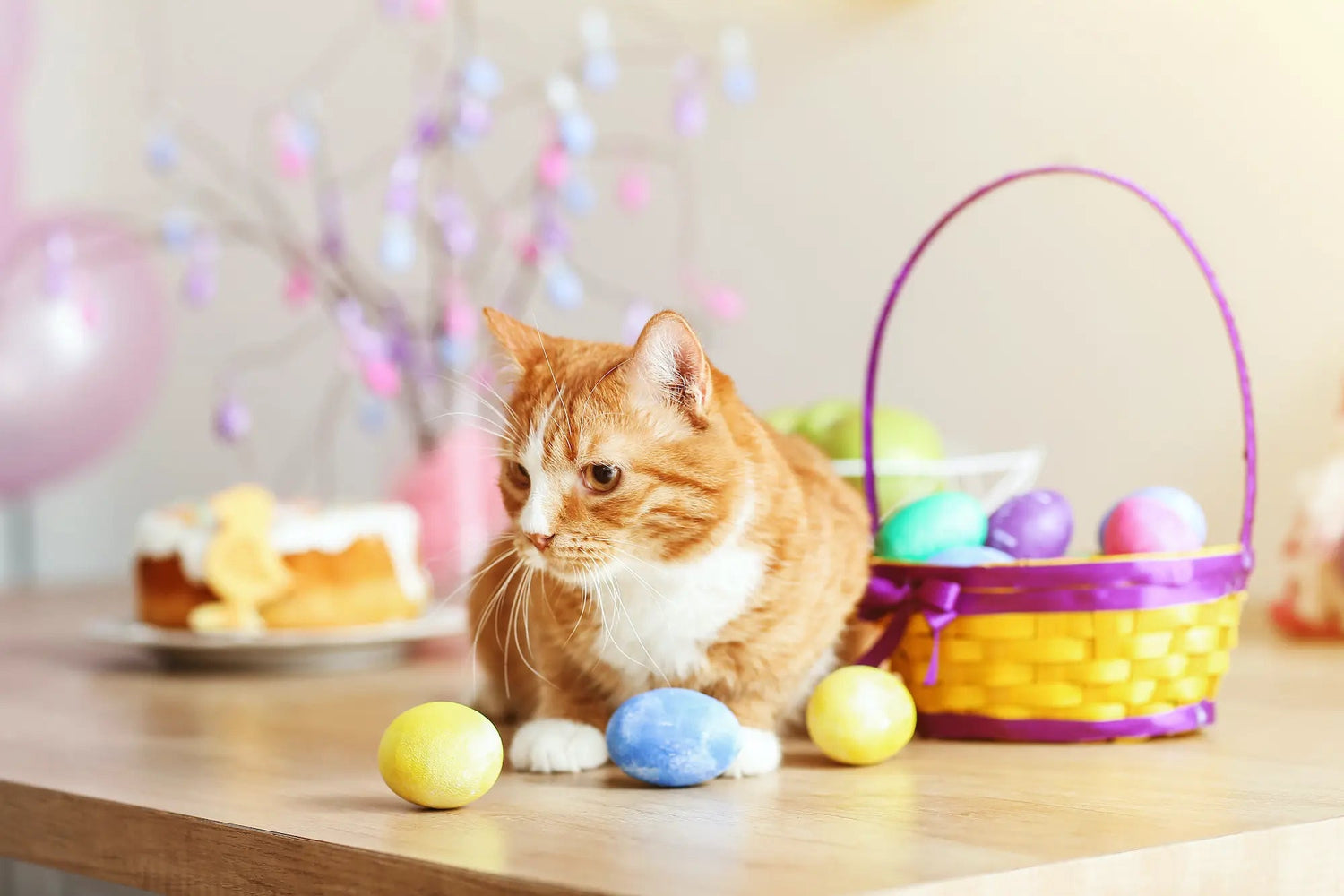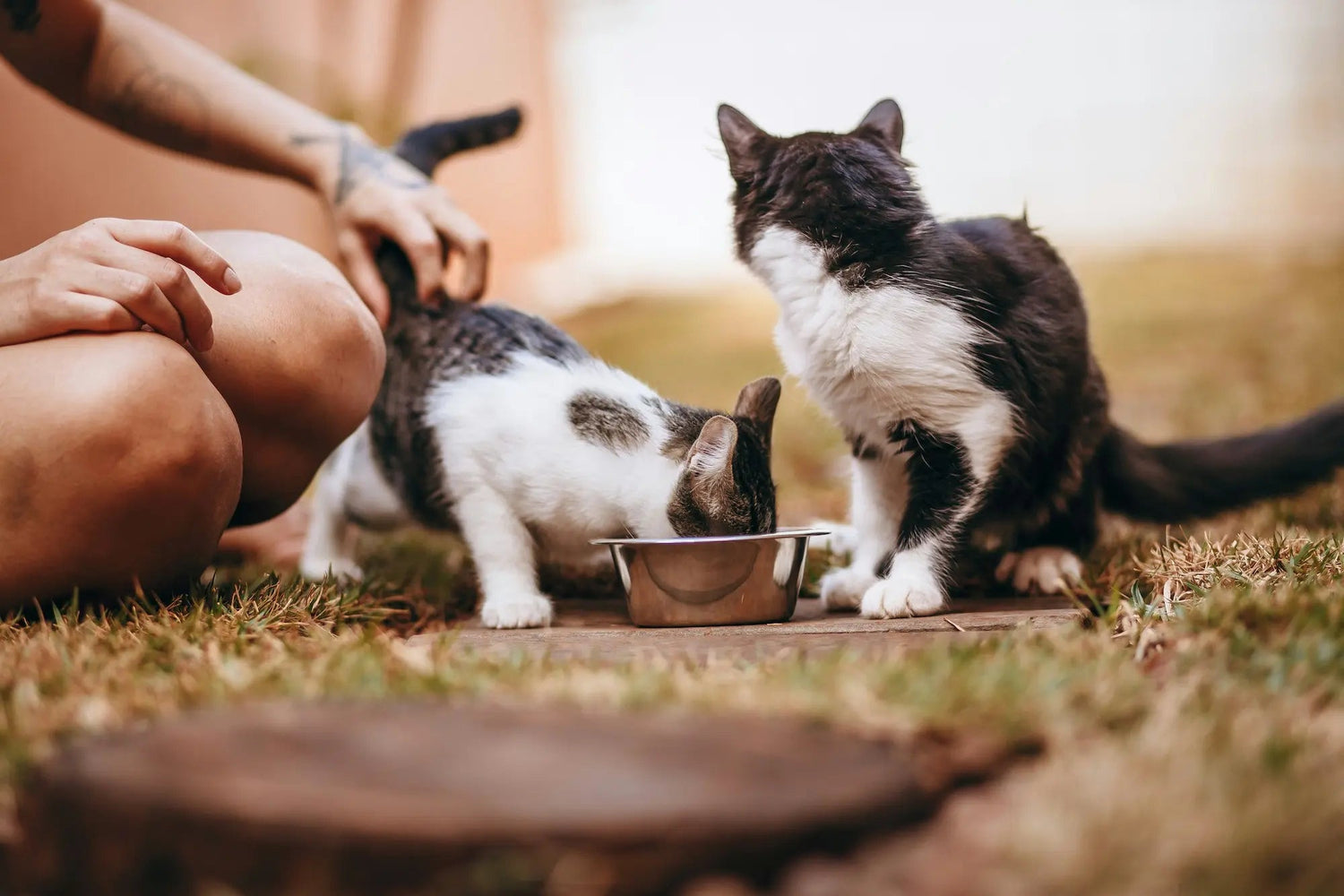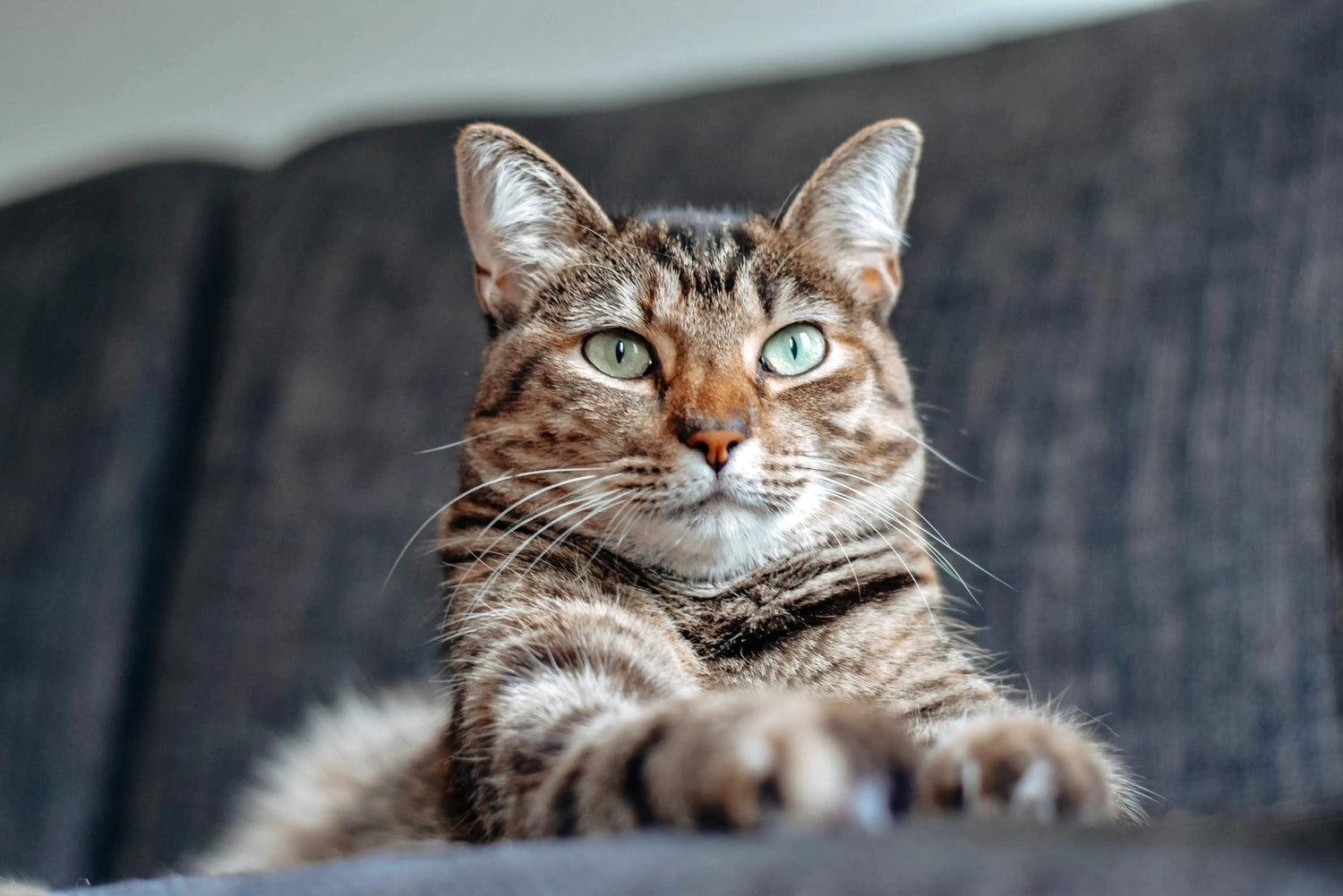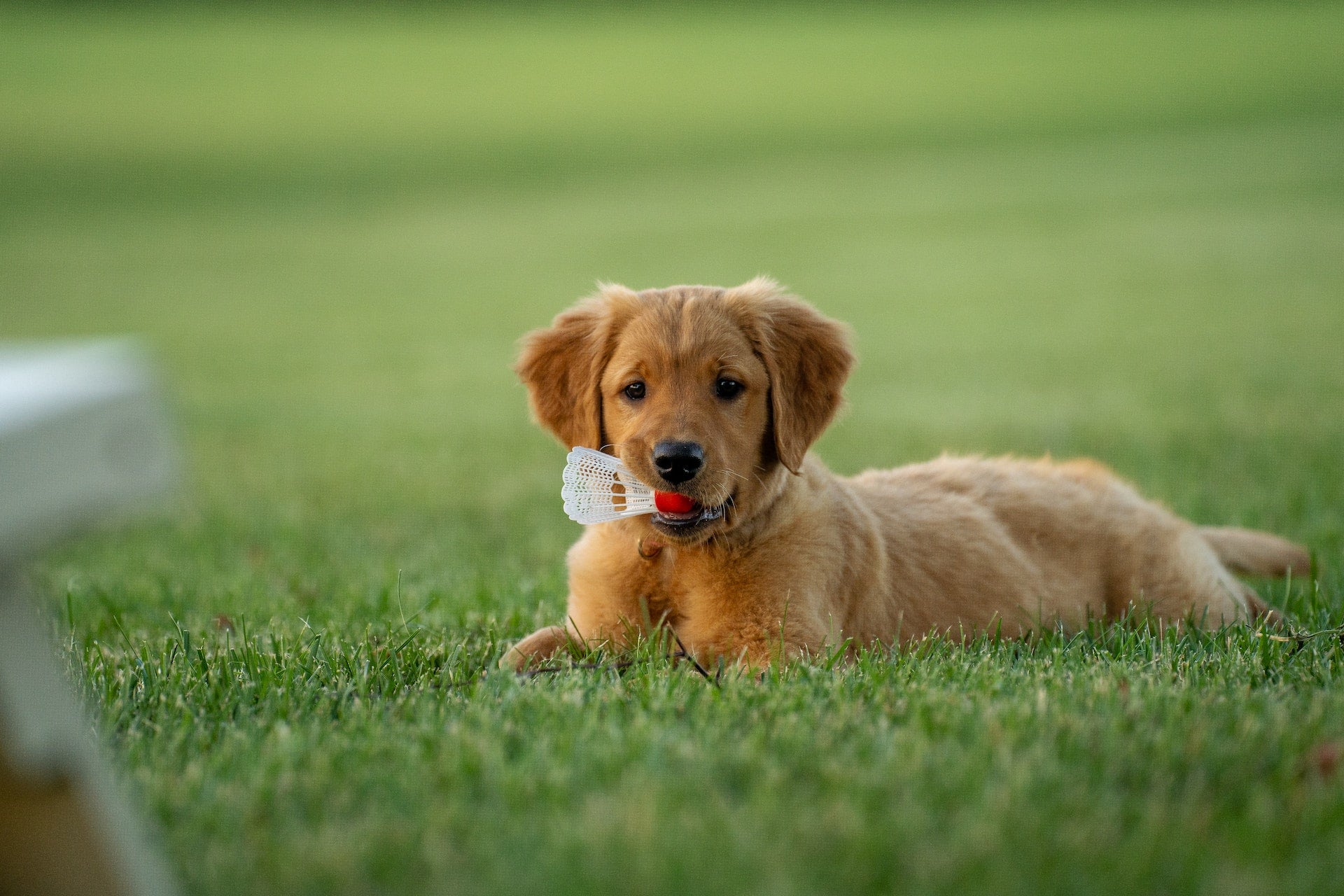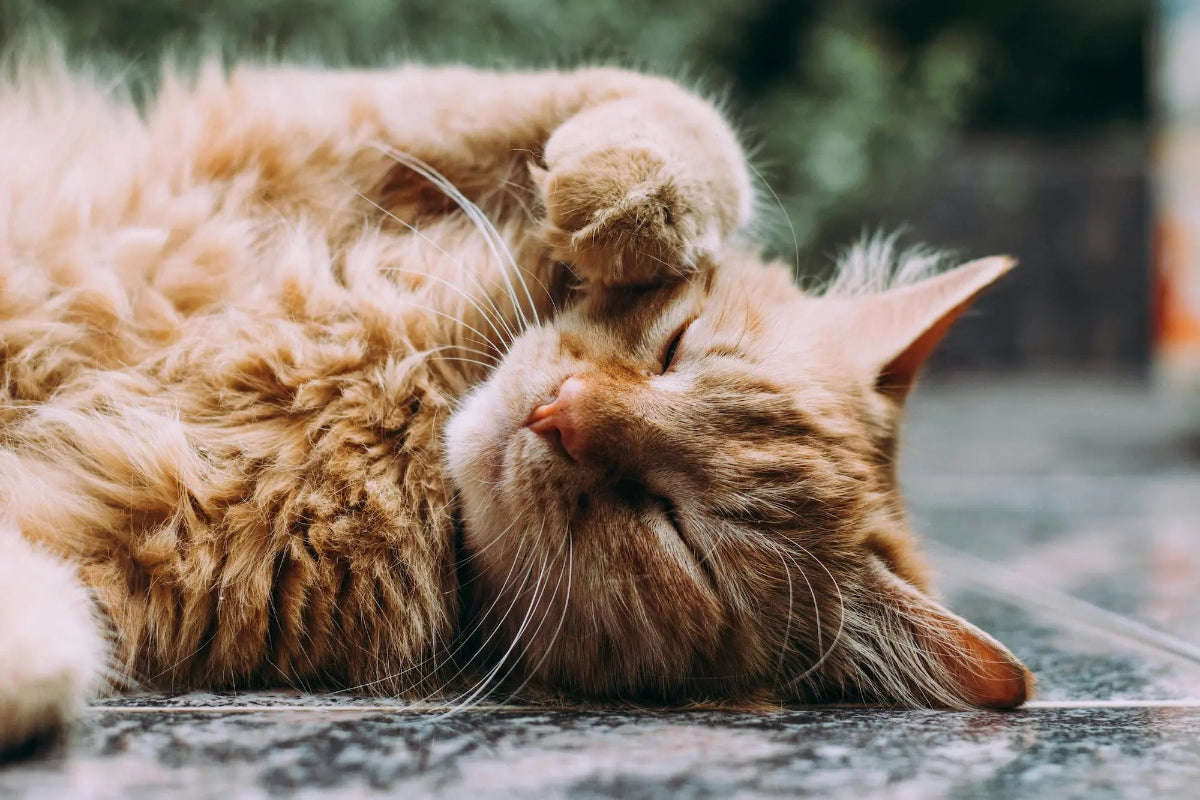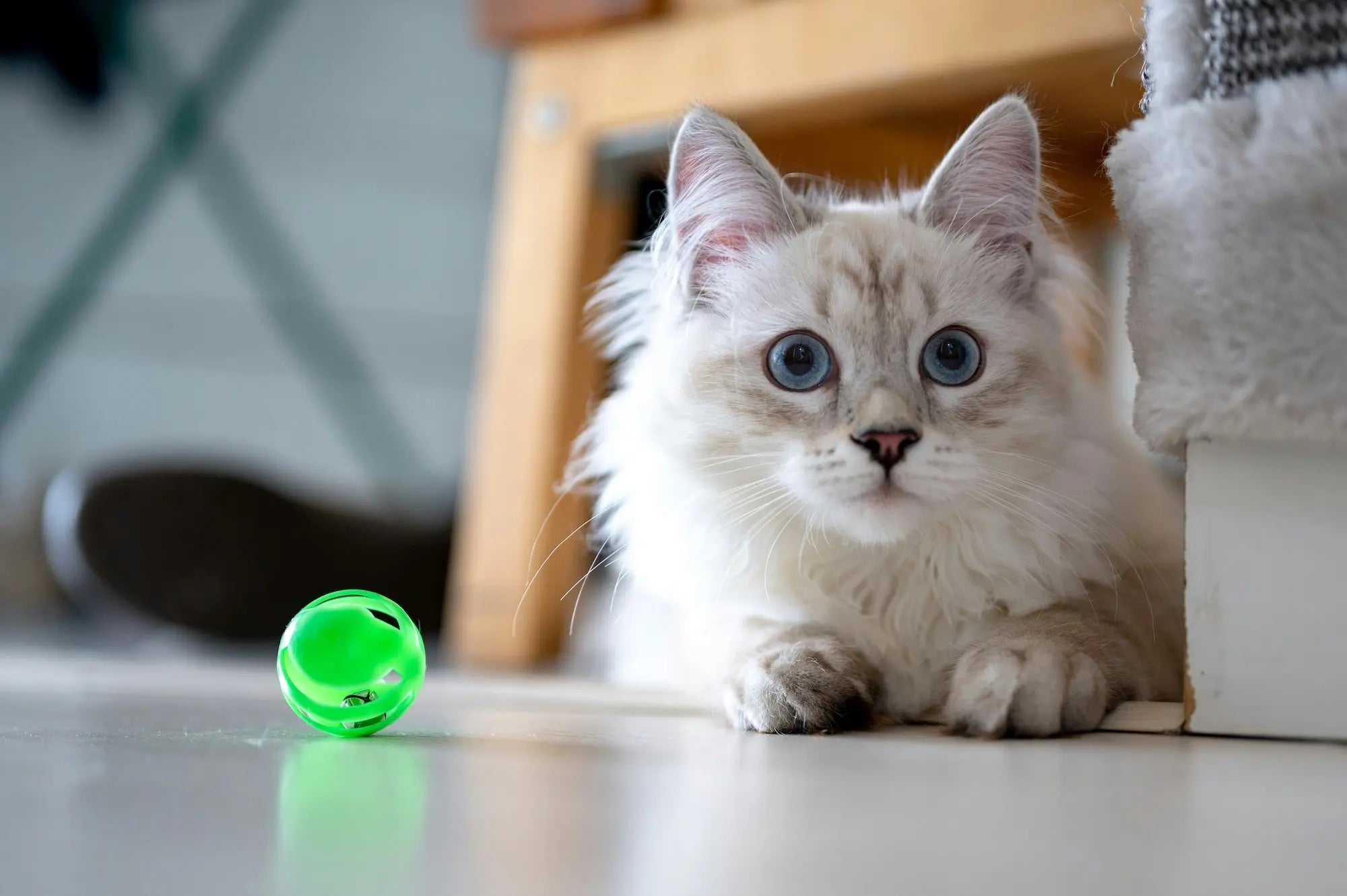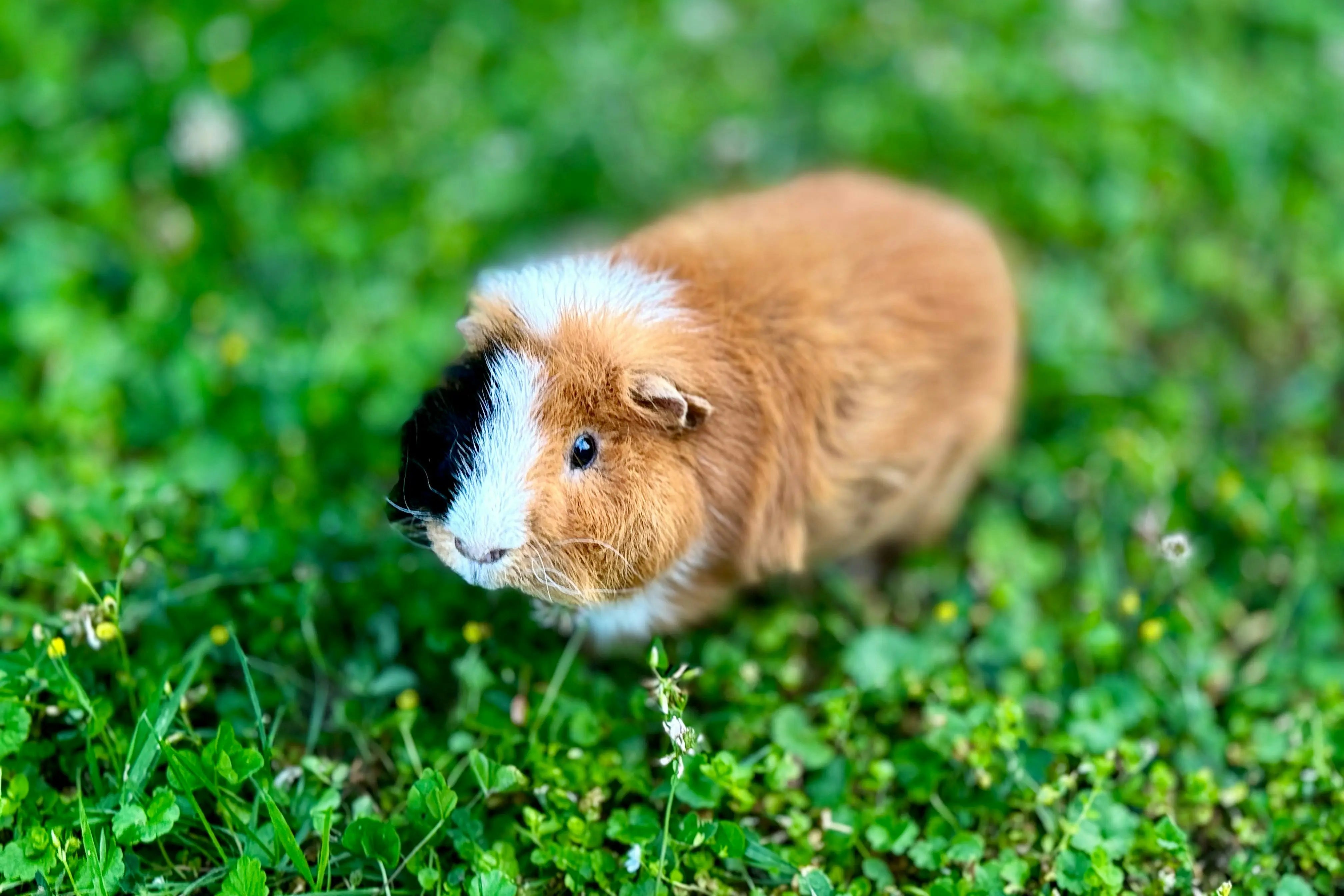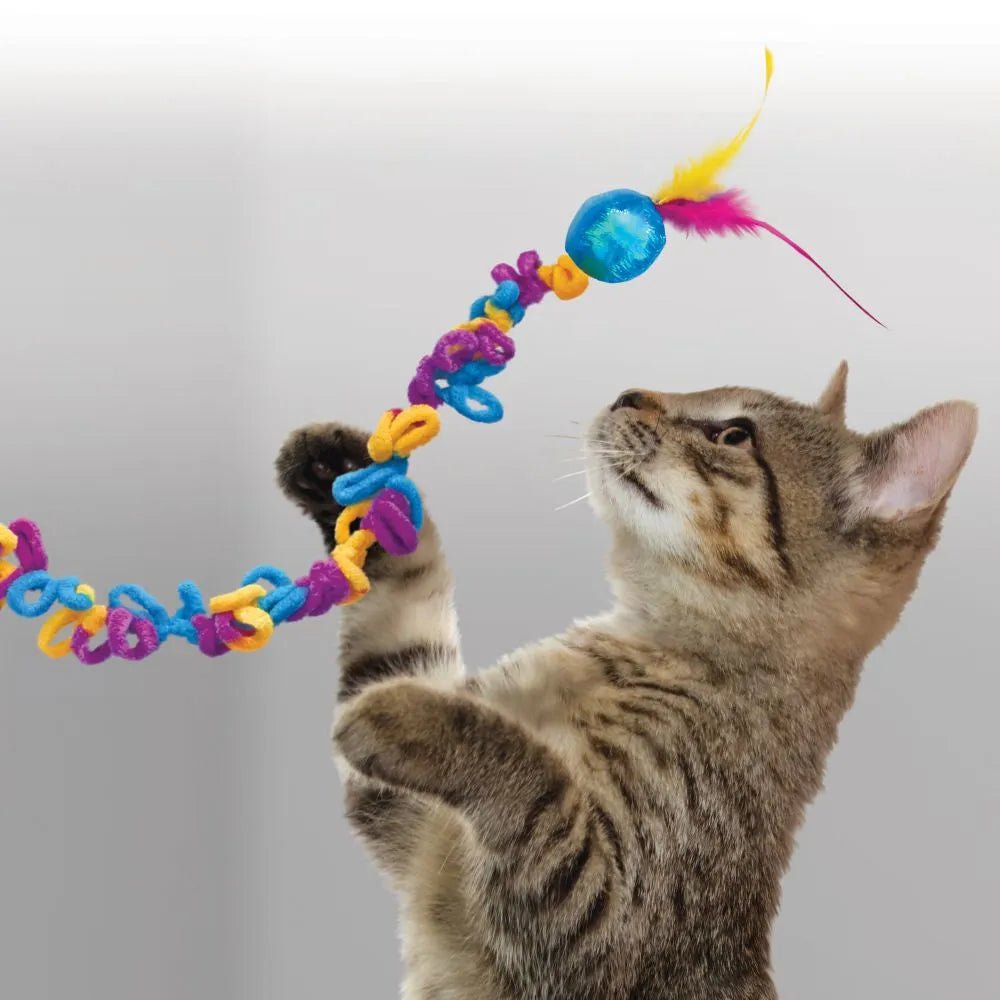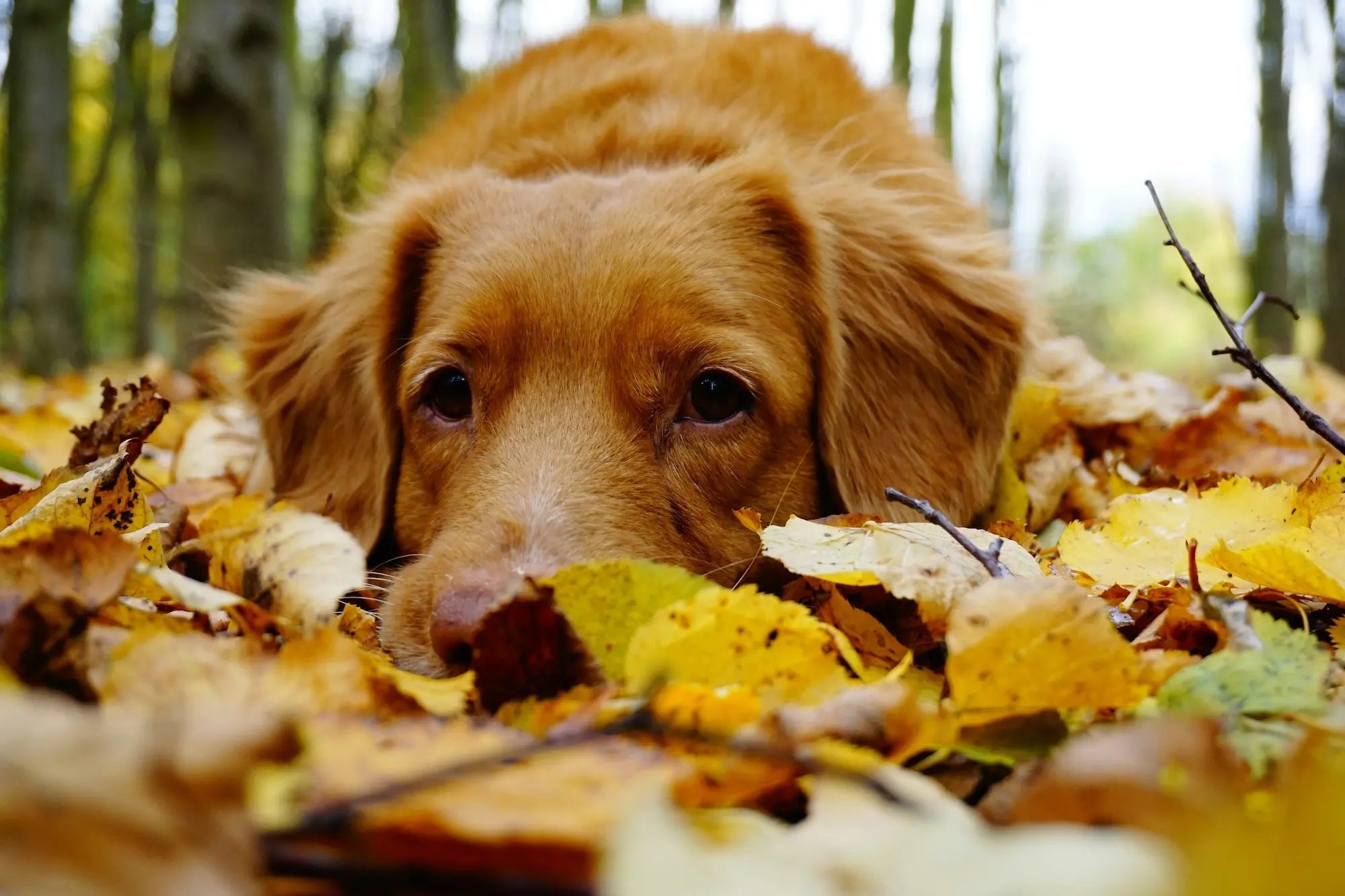If you have a cat, you may have noticed that they spend many hours of the day in dreamland. At the same time, your cat may also have periods of high energy when you are tired, for example early in the morning or late at night. Maybe they even wake you up in the middle of the night?
Although your cat's sleeping habits may seem unusual compared to yours, they are completely normal for a cat. We explain more about cats' natural sleep patterns and how much a cat usually sleeps . This way, you can understand your cat and identify any changes in your kitty's sleeping habits.
Frequently asked questions about cat sleep
How many hours do cats sleep during the day?
More than half of all cats sleep between 12 and 18 hours a day, and almost 40% of cats sleep more than 18 hours per day. As they get older, most cats sleep more than when they were younger.
How long does a cat sleep at a time?
Cats have a polyphasic sleep pattern, meaning they sleep several times a day rather than one long period like we humans do. These little naps last an average of 78 minutes, but it's common for cats to sleep for periods that last anywhere from 50 to 113 minutes.
The cat's sleep cycle
Just like humans, cats have a circadian rhythm. This circadian rhythm is the internal biological clock that controls the 24-hour sleep-wake cycle, also known as the circadian rhythm. While the natural human sleep cycle involves us being awake during the day and falling asleep at night, cats are more active at night. They typically experience two “energy peaks,” one in the early morning before sunrise and one in the evening around sunset. So it’s not surprising if your kitty gets up from the cat bed , stretches, and grabs a toy just as you’re getting ready for bed.
It is believed that the cat's activity cycle comes from their hunting instincts, as cats are, after all, predators. The cat's prey has a different circadian rhythm again. The cat can therefore be awake at dawn to hunt diurnal birds, and at dusk to hunt nocturnal rodents.
What happens when cats sleep? NREM and REM sleep
Just like humans, cats go through different sleep stages when they sleep. Cats experience both deep sleep (NREM) and lighter sleep stages (REM).
Research shows that cats often go through a period of alertness and activity before becoming drowsy and entering NREM sleep. During this NREM phase, the cat still sleeps quite lightly, and is ready to wake up at a moment's notice if necessary. After a period of NREM sleep, the cat may wake up briefly again before becoming drowsy and returning to NREM sleep. This can be repeated several times.
As the cycle progresses, your cat will transition from NREM to REM sleep. During REM sleep, you can often see the eyes moving behind closed eyelids, and in cats, the eyes can move both horizontally and vertically. You can easily recognize that your cat is in REM sleep if they have small muscle twitches. Just like us humans, it is also during REM sleep that your cat dreams.
Why do cats sleep?
All living things, including cats, need sleep to survive. Regular sleep allows the body to recharge for the next day, and sleep also plays an important role in brain function and the immune system.
NREM sleep is important for rest and re-energizing, while REM sleep is an important contributor to maintaining the body and brain's cognitive functions. In fact, research has shown that some mammals, such as rats, have experienced weight loss, weakened immune systems, and ultimately death if they don't get enough sleep.
Want to learn more about your cat? Check out more of our articles about cats here!
Should I contact a veterinarian if my cat's sleeping habits change?
There are several natural reasons why your cat's sleep habits may change. For example, if your cat has been more active than usual for a long period of time, they may need more sleep. Changes in the environment, such as moving or adding a new family member, can also affect your cat's sleep habits. As mentioned, cats also often need more sleep as they get older.
However, abnormal sleep patterns or much less sleep than usual may indicate an underlying illness or health problem. Be especially careful if you also observe changes in the way your cat grooms itself, if it shows signs of disorientation or changes in weight. Especially if your cat shows a reduced appetite and does not even like the most delicious cat food , it may be a sign that something is wrong. All of the above symptoms, in combination with altered sleep patterns, can be a sign of illness, and we recommend a visit to the veterinarian .


